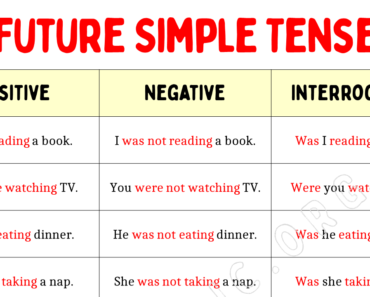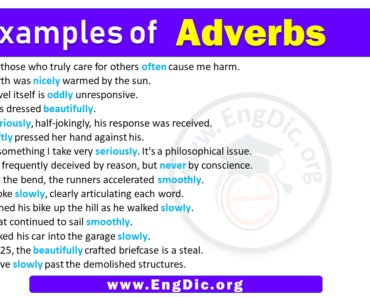10 Examples of Stative Verbs in Sentences! Verbs are one of the most essential parts of any sentence, and understanding different types of verbs is key to becoming a capable English language speaker. Stative verbs are particularly important because they describe states or feelings rather than actions. This article will provide an overview of stative verbs, as well as 10 examples of how to use them in sentences. Each example will demonstrate the various nuances that can be expressed with these verbs.
Related: 100 Examples of Stative Verbs
What are Stative Verbs?
Stative verbs, also known as state verbs or non-continuous verbs, refer to verbs that describe a state or condition rather than an action. They are used to express mental or emotional states, sensory perceptions, possession, or states of being.
10 Examples of Stative Verbs
- Be: I am happy.
- Have: She has a new car.
- Like: They like chocolate ice cream.
- Know: He knows the answer.
- Love: She loves her job.
- Belong: The book belongs to me.
- Feel: He feels tired.
- See: She sees the sunset.
- Hear: They hear the music.
Stative verbs are not usually used in the continuous or progressive form (-ing), as they describe a continuous state rather than a temporary action. However, in certain contexts, stative verbs can be used in the progressive form to express temporary states or actions. For example, “I’m feeling sick today” or “He’s being really annoying.”

10 Stative Verbs in Sentences
- There is no fellowship like love and lordship.
- Many educators want to get rid of the cane.
- She took a strong dislike to me right away.
- His actions only added to my dislike for him.
- I see what you’re getting at now!
- I’m sure you’d like a drink.
- I have a small number of foods that I actively dislike.
- I had a strong dislike for him.
- Lover’s quarrels end up renewing their love.
- We wish you a new sense of hope for the future.






